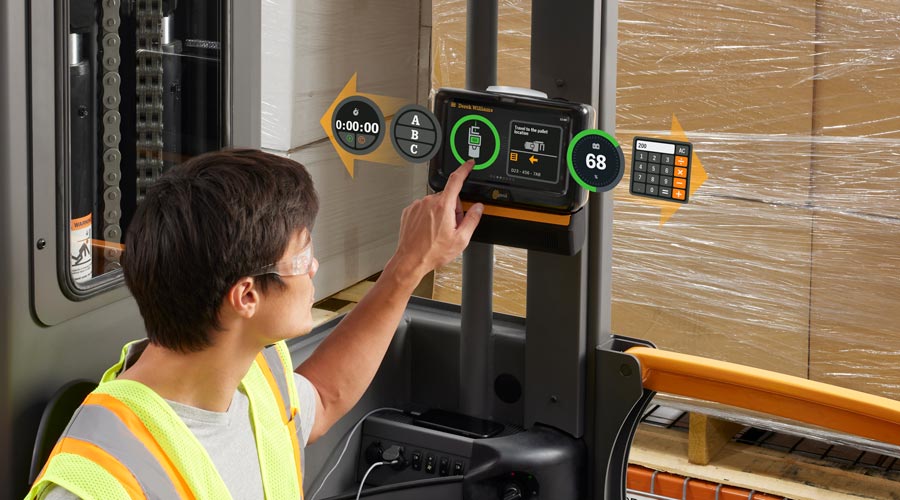Eight Proven Lessons for Implementing Warehouse Technology: Lessons 5-8

This post is the second of a two-part series detailing proven best practices that routinely help new technological implementations go more smoothly while producing the expected results. You can find part 1 here. To recap, steps 1-4 are as follows:
- Consider the outcomes – put yourself in the position of those most affected by new technology
- Communicate with your team – provide plenty of advance notice to answer questions
- Plan collaboratively – invite stakeholder input regarding tactics and progress measurement
- Provide hands-on training – share details and expectations incrementally
This post will cover the four remaining insights.
5. Engage Your Team in the Process
After assisting many customers with technology implementations, we’ve seen that people who feel heard and have their feedback taken seriously are likely to be more receptive to learning new technologies. This opportunity for feedback is essential throughout the project, from concept to completion and beyond.
Provide employees with early opportunities to try out the system, learn how it performs, ask questions, and share their concerns. Work with both formal and informal leaders, arrange review sessions with operators and integrate the lessons learned wherever possible to help streamline current and future deployments. Requesting this feedback throughout the implementation process also provides employees with the opportunity to adjust their opinions based on what they’ve learned and experienced.
6. Acceptance and Adoption
Once employees recognize the value of new technologies and accept their usefulness, they’ll begin to consider how to better integrate them into their day-to-day activities. Typically, your training team can then begin the process of turning management of the system over to its day-to-day users.
7. Monitor the System to Maintain Momentum
Ongoing reinforcement is crucial to maintain your momentum. Make sure you have processes in place for accountability, providing positive feedback and reporting progress.
Providing positive feedback is particularly important. Recognizing employees who meet or exceed expectations associated with the new technology will help encourage others to do the same.
Keep an eye on your data to track key performance indicators (KPIs) and return on investment (ROI). Information sharing will help keep everyone “in the game” and engaged to consider additional process changes. Plan to analyze the shared information and solicit recommendations based on lessons learned once the implementation is complete.
8. Iterate Based on Your Experience
The lessons learned from each implementation can help you build on early successes and refine the process applied to future technological deployments. Your experiences may also suggest alternate methods for achieving your objectives.
Lasting change is often achieved incrementally, one project at a time. Look for quick wins early on that can help create confidence and build momentum among your stakeholders. You can often continue to stretch your organization further, picking up new wins and incorporating what you’ve learned from each successful implementation.
Virtually every warehouse or material handling operation is tasked with doing more with less while navigating the challenges of a changing workforce. Adopting new technologies can often contribute to increasing productivity, but it’s important to consider the value that your workforce can bring to the implementation process.